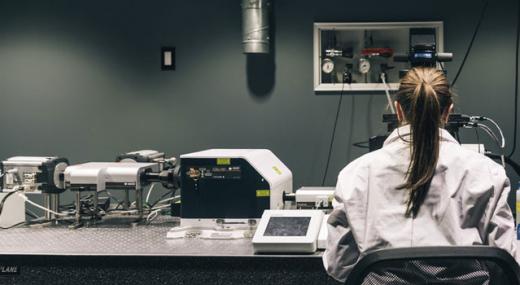Every day, manufacturers rely on a large number of tools, machinery, and infrastructure to produce their goods. And while all of those assets help you generate profit, they are a significant expenditure—both in terms of the purchase cost and ongoing maintenance costs.
|
ADVERTISEMENT |
When deciding which maintenance actions work best for your business, it’s crucial to consider asset life-cycle costs. This is where level of repair analysis (LORA) comes into play.
Join us as we discuss what LORA actually stands for, how to put it into action, and how a modern CMMS supports such an analysis.
What is LORA?
A level of repair analysis is a method of analyzing systems or machinery to minimize the money and time you spend on maintenance. The outcome of a LORA gives you tactics to return the machinery to a serviceable state while reducing its overall life-cycle costs.
…

Add new comment